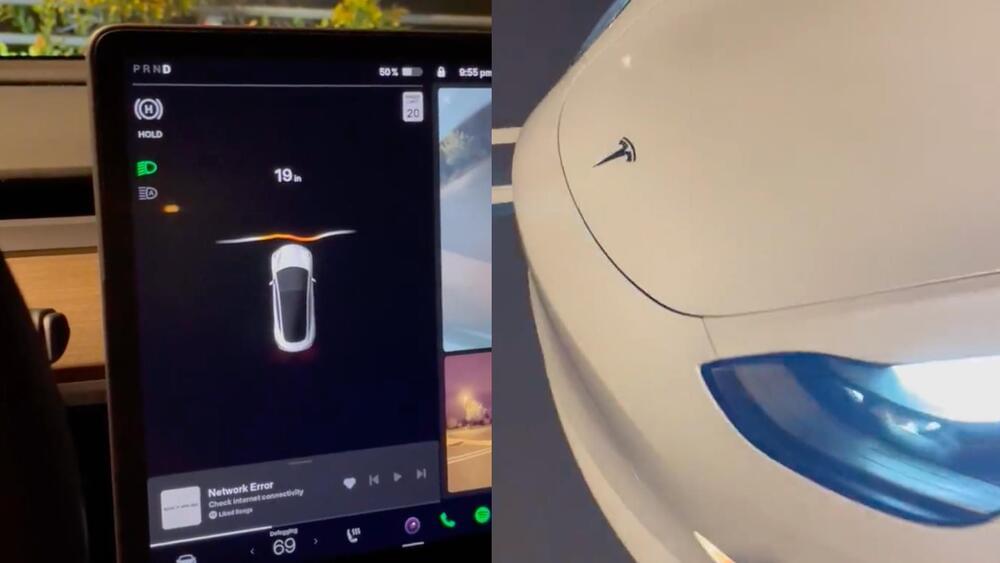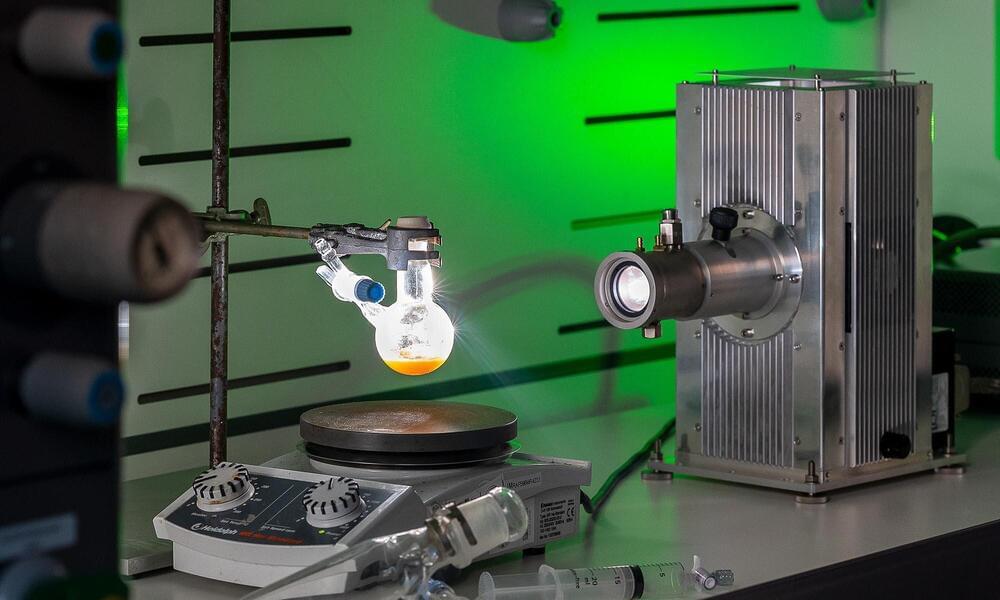Mar 25, 2023
Grimes said she got a brain gadget for her birthday from a company competing with Elon Musk’s Neuralink
Posted by Brent Ellman in categories: computing, Elon Musk, mathematics, media & arts, neuroscience, sustainability
Neurosity’s headset uses electroencephalogram technology, or EEG, to measure brain activity by placing small metal electrodes on a person’s scalp. If the electrodes detect decreased electrical activity in the brain, the Crown plays music and sounds, or pulses vibrations, hoping those actions will help the user focus.
But some developers, it seems, have taken Neurosity’s tech a step further, turning the Crown into a more traditional brain computer interface that can allow users to control a computer using only their mind.
One owner of the gadget claimed they’ve used it to drive a Tesla, moving the electric car short distances by doing some mental math, which signals to the device that the person wearing it is exerting a lot of cognitive effort.


















